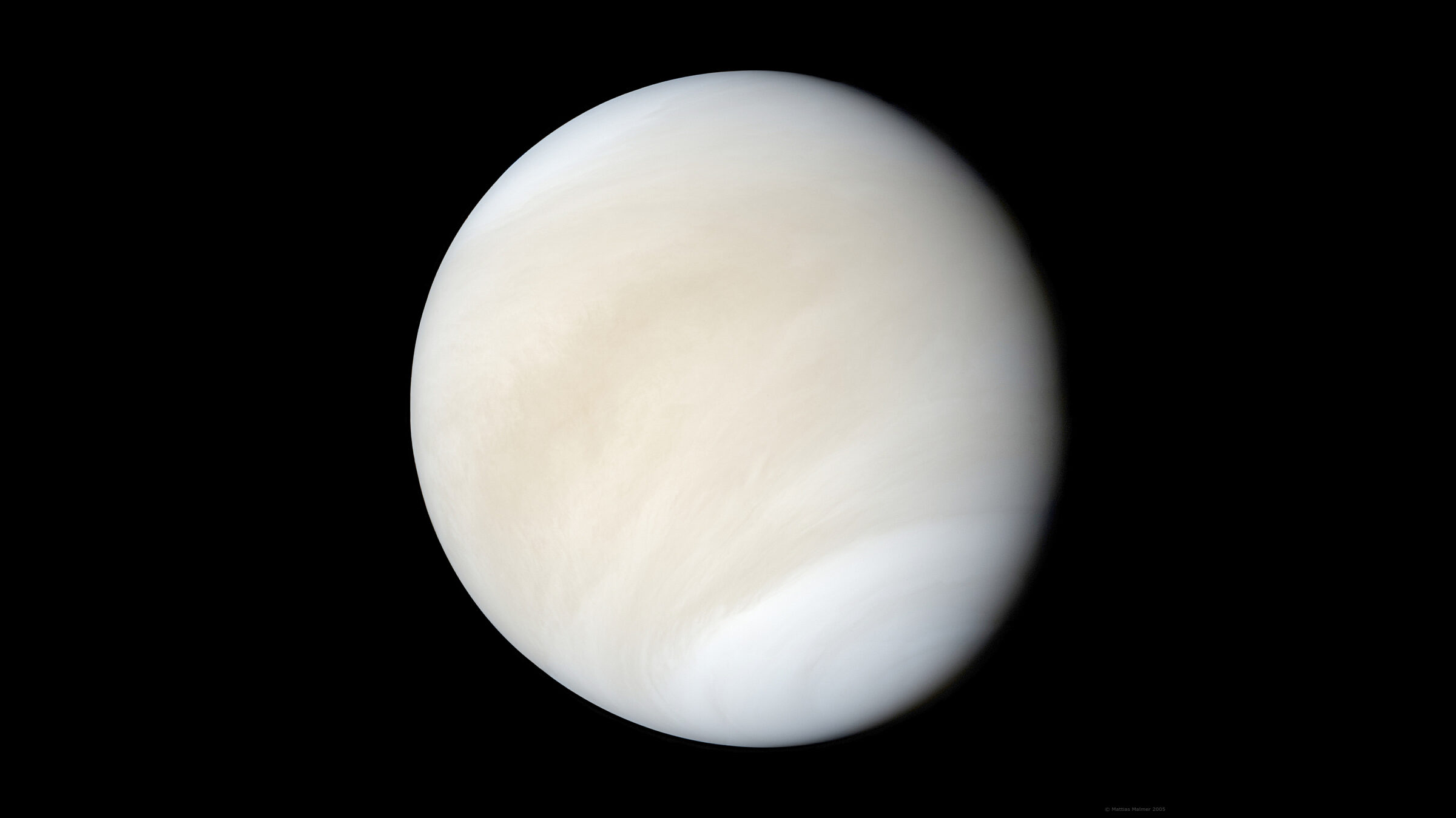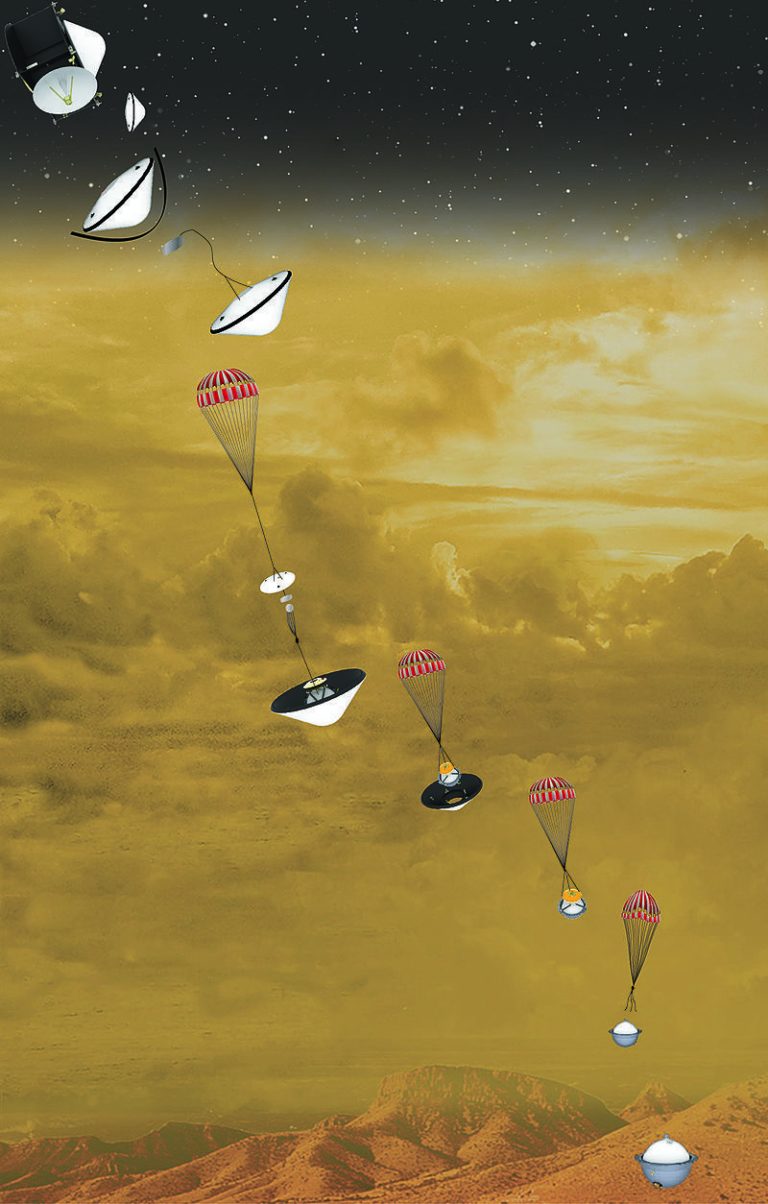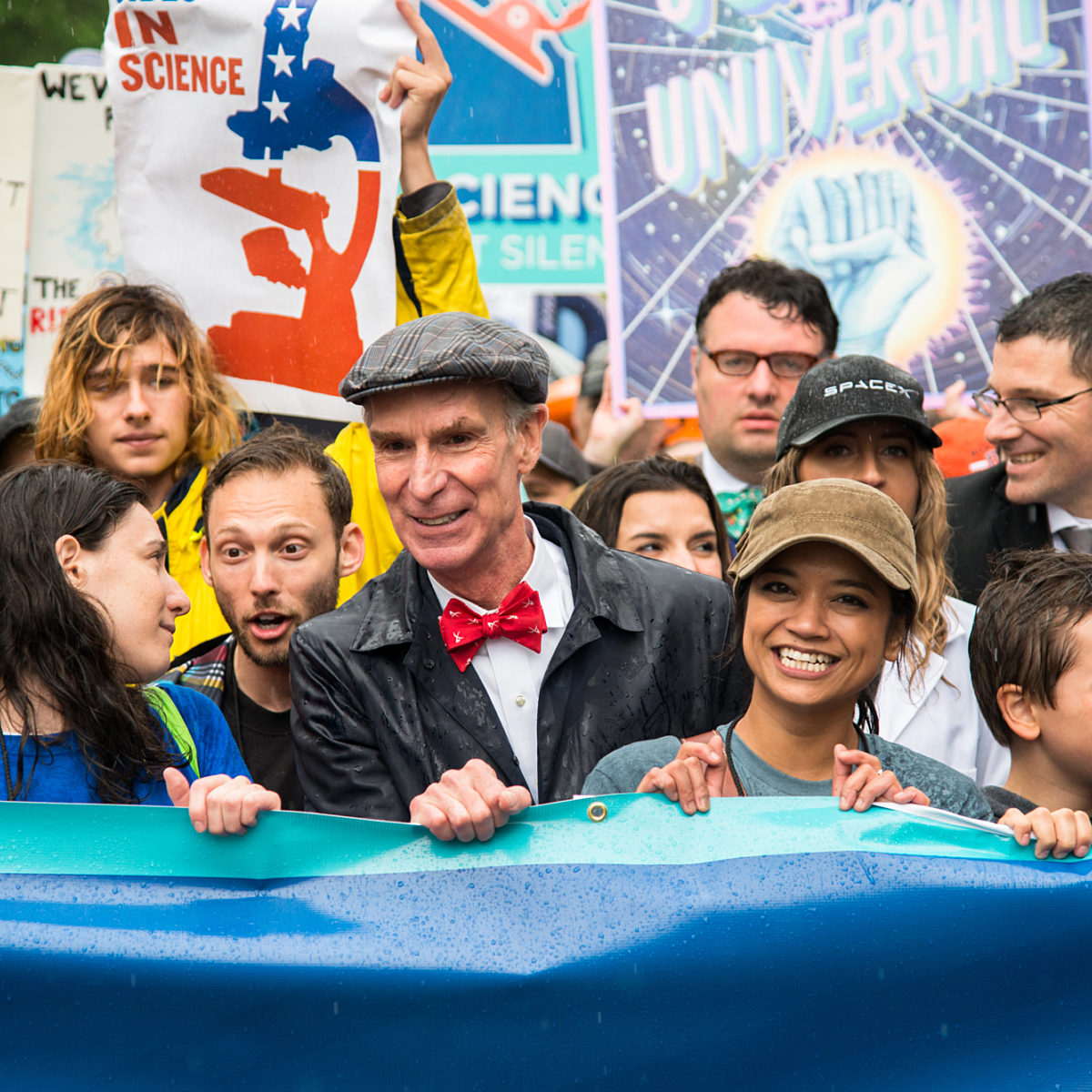DAVINCI, a return to Venus’ clouds
Diving into the toxic atmosphere of Venus
Highlights
- NASA’s DAVINCI, launching no earlier than 2031, will be the first mission to visit the Venusian atmosphere since 1984, providing the most detailed measurements we’ve ever had of its composition and structure.
- Most of our research on Venus is based on observations from the 1970s, so this mission has the potential to revolutionize our understanding of our neighboring world.
- Scientists aim to understand why Venus and Earth are so different and how Venus became the scorching, hostile planet it is today.
Why do we need to study Venus?
Our neighboring planet may be a sweltering hellscape, but that doesn’t mean it’s not worth understanding. Perhaps the biggest question scientists have about Venus is why it turned out the way it is – it’s a bit smaller than Earth and slightly closer to the sun, but those two facts alone are not enough to explain why the worlds are so drastically different.
Now, Venus sports clouds made of sulfuric acid, surface pressures more than over 90 times those on Earth, and average surface temperatures of 470 degrees Celsius (878 degrees Fahrenheit) – more than hot enough to melt lead. However, it wasn’t always so awful. Models suggest that early in its history, before a runaway greenhouse effect broiled the entire world, Venus may have had liquid water and temperatures more hospitable to life. Understanding exactly why Venus and Earth did not turn out twins could help us figure out how to find planets beyond our solar system that could host life.
Venus is interesting in its own right, too. It is a world of many mysteries: because much of the scientific work around it is based on observations from the 1970s, most of our conclusions about the details of its inner workings are relatively uncertain.
That was demonstrated in sharp relief in 2020, when a group of researchers announced that they had found signs of phosphine, a chemical usually associated with life, in Venus’ clouds. A subsequent barrage of scientific papers questioned the finding, and like many of our other conjectures about Venus, we will not know for sure whether phosphine is really there – let alone what it might mean – until we send more missions into those clouds.

History of Venus exploration
Venus was the first planet beyond Earth ever to be explored by a spacecraft, but its popularity has dropped off in recent years. NASA’s Mariner 2 mission, which flew by in 1962, marked the beginning of nearly three decades of intensive exploration by the U.S. and the Soviet Union: between then and 1990, 18 dedicated missions went to our neighboring world, plus several flyby missions with other destinations.
The Soviet Union’s series of Venera missions provided the first landings on another planet, as well as the first images and audio recordings from another planet. But since NASA’s Magellan orbiter, which launched in 1989, there have only been two dedicated missions to Venus as the space flight community’s focus has switched to Mars. Now, with DAVINCI and three other missions planned for the late 2020s and early 2030s, Venus is coming back into the limelight.
What will DAVINCI tell us?
The DAVINCI (Deep Atmosphere Venus Investigation of Noble gases, Chemistry, and Imaging Plus) mission, scheduled to launch no earlier than 2031, includes the first probe that will enter Venus’ atmosphere since the Soviet Vega 2 lander in 1984. Its main goal is to investigate how the atmosphere formed and evolved over the last 4.6 billion years.
That is crucial because Venus’ atmosphere played a key role in the process that heated it up: it is incredibly thick and made mostly of carbon dioxide, which caused a runaway greenhouse effect that evaporated away the planet’s water. Measuring the composition of the lower atmosphere will help scientists figure out how much water there was in Venus’ past and what chemical processes are still at work there.
Looking into those chemical processes will also shed light on the issue of whether Venus’ clouds could be hospitable to life. If DAVINCI confirms that the clouds contain phosphine gas, scientists will have to explain how it got there and whether it is connected to living organisms.
The mission will also take high-resolution images of Venus’ surface, particularly focusing on features called tesserae, which are strange, wrinkled landforms that we do not fully understand. If we can figure out how they formed, it will give us insight into the planet’s geological activity and how its subsurface workings affect the surface terrain.

How DAVINCI works
The mission consists of two parts: an orbiter and an atmospheric descent probe. The orbiter will have a camera onboard to image the planet in ultraviolet and near-infrared light. It will also take pictures of the descent probe’s landing site.
The descent probe represents the main thrust of DAVINCI. It is a sphere about a meter across designed to protect the craft’s four main scientific instruments from the extreme environment within Venus’ atmosphere and on the ground. With the help of a parachute to slow it down, it will fall from orbit down to the planet’s surface, taking measurements the whole time.
Its instruments include two spectrometers to determine what compounds make up the atmosphere, a device to measure the structure and dynamics of the air, and a camera to snap photographs as it lands. Once the probe lands, it is only expected to last about 20 minutes on the Venusian surface before being destroyed by the intense heat and pressure.
Support missions like DAVINCI
Whether it's advocating, teaching, inspiring, or learning, you can do something for space, right now. Let's get to work.


 Explore Worlds
Explore Worlds Find Life
Find Life Defend Earth
Defend Earth


